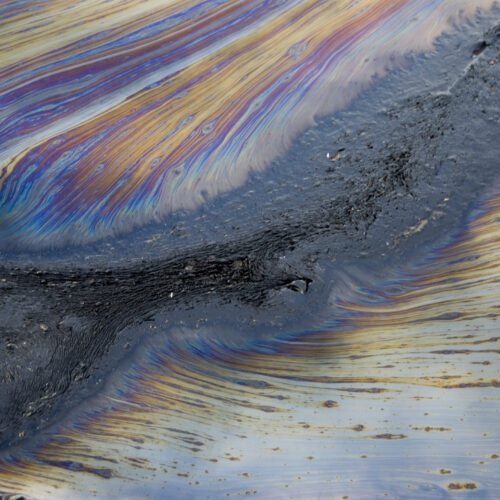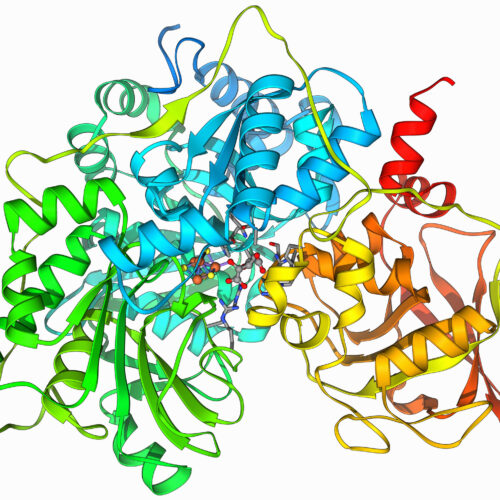Genetically engineered bacteria break down industrial contaminants
Over the last century or more, humanity has been developing an ever-growing number of new chemicals that have never been seen before by Earth's creatures. Many of these chemicals end up being toxic contaminants that we'd love to get rid of, but we struggle to purify them from the environment or break them down once we do. And microbes haven't had much chance to evolve the ability to break them down for us.
Over the last few years, however, we've found a growing number of cases where bacteria have evolved the ability to break down such chemicals, like industrial contaminants and plastics. Unfortunately, these bacteria are all different species, target different individual contaminants, and thrive in different environments. But now, researchers have developed a new way to take the genes from all these species and place them in a single bacterial strain that can decontaminate complex waste mixtures.
Targeting contaminants
The inspiration for this work was the fact that a lot of this industrial contamination contains a mixture of toxic organic molecules that are commonly found in brackish or salty water. So, the research team, based in Shenzhen, China, started by simply testing a number of lab bacteria strains to develop one that could survive these conditions. The one that seemed to survive the best was Vibrio natriegens. These bacteria were discovered in a salt marsh, and their primary claim to fame is an impressive growth rate, with a population being able to double about every 10 minutes.


© Aldo Pavan

